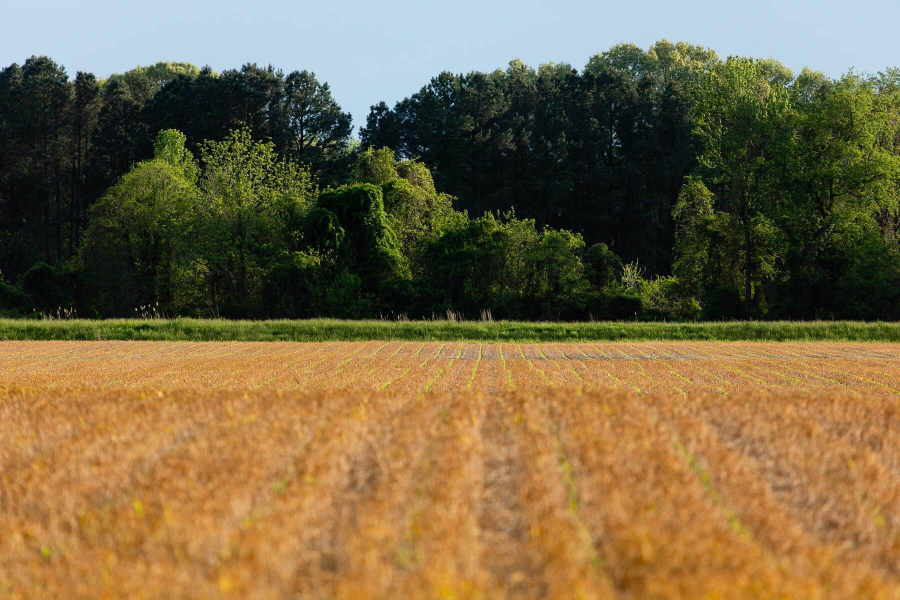Recent agricultural census shows conservation practices are on the rise
Farmers are increasingly using cover crops, no-till and reduced tillage

Every five years, the U.S. Department of Agriculture (USDA) collects data to paint a detailed picture of the current state of farms and ranches in the country. Last month, USDA released its latest version of this report: the 2017 Census of Agriculture.
This census has become the authoritative source for agriculture data, accounting for every state and county in the United States. It is commonly used by state and local agencies, businesses, academics and the media to fund programs, identify needs, evaluate trends, prepare for emergencies and show the value of agriculture at all levels.
Agriculture plays a significant role in the health of the Chesapeake Bay watershed. Comprising nearly 30 percent of the watershed, farm lands provide us with food, natural areas, and environmental and economic benefits. But agriculture is also one of the largest contributors of nutrient and sediment pollution entering the Bay.
The USDA Natural Resources Conservation Service (NRCS) plays an important role in helping farmers voluntarily improve their farms and private forests. A variety of different NRCS funding programs put in place by the Farm Bill help farmers and forest landowners implement conservation practices that improve water quality, boost soil health and enhance wildlife habitat.
The installation of conservation practices can help farmers improve their land. They ensure soil has enough water for their crops, reduce the amount of pollution that runs off of the land and enhance the quality and quantity of timber and forest products. Some of these practices can even provide additional benefits such as increasing access to hunting and fishing or providing secondary crop sources.
The most recent agricultural census highlighted the following positive trends related to conservation practices:
- Cover crops increased nationwide by five million acres, a roughly 50 percent increase over the past five years.
- No-till and reduced tillage acres increased by about eight percent and 27.5 percent, respectively. This means that approximately half of the farmland in the United States is left covered with crop reside or vegetation until ready for production.
Fact sheets detailing specific state information and data from the most recent agriculture census are currently available, and a more-detailed breakdown of agricultural trends in the Chesapeake Bay watershed will be available in late July.

Comments
There are no comments.
Thank you!
Your comment has been received. Before it can be published, the comment will be reviewed by our team to ensure it adheres with our rules of engagement.
Back to recent stories